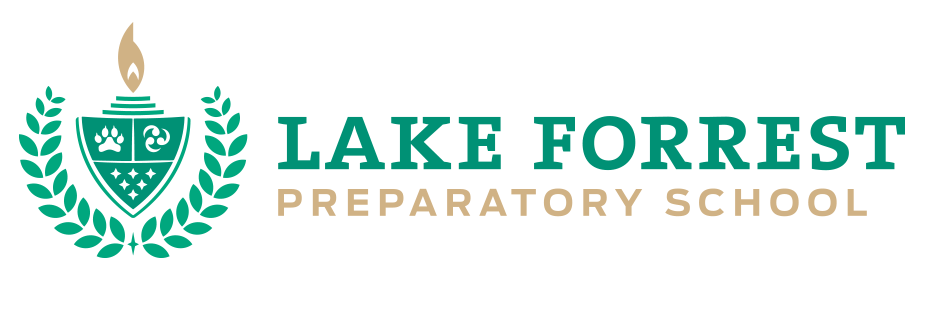Whether they’re virtual or socially distant, science fairs have become a staple to learning. Go beyond the classic baking soda volcano, and help your child create a project that will be memorable, fun and educational. Here are science fair projects and ideas for all ages sure to wow teachers, judges and parents alike:
Elementary school science fair
Most grade school curriculum encourages younger students to become familiar with the basics of the scientific method and learn how to propose a hypothesis. These projects help your child ask questions that can be tested through a simple and fun experiment.
- The Properties of Bubbles: This is perfect for younger elementary students. Use several different brands of bubbles and observe the properties of each brand. Have your child take note of which bubbles were the stickiest, longest lasting or smallest.
- Chewing Gum Challenge: Have your child pick out their favorite bubble gum brands and flavors, and then they can hypothesize which one will give them the biggest bubble.
- Popcorn Popping: Discover the answer to cooking the “perfect” bag of popcorn. Using different brands or types of popcorn, your child can observe how factors like microwave power settings, time and flavor can affect how many unpopped kernels are at the bottom of the bag.
Middle school science fair
These projects can be a bit more intensive and hands-on. They will also probably be inspired by something your child finds interesting. Encourage your child to take ownership of what they pick. Offer help with putting together materials or a presentation, but your middle schooler should be the driving force behind this project.
- Mini Greenhouse Effect: Understanding the greenhouse effect and its connection to climate change can give students a hands-on experience with Earth science. The project takes two thermometers, a mason jar and clear plastic wrap.
- Build a Water Clock: Water clocks have been around for thousands of years, but there’s a good chance your child isn’t familiar with them. Using styrofoam cups, a handful of small bells, and some string, your middle schooler can discover how the flow of water can help determine time.
- Real-life Saturated Solutions: How much sugar or salt does it take to reach a saturated solution? Does that amount of sugar or salt change depending on what liquid you use (i.e., coffee vs soda vs water)? Allow your child to get creative with the spice cabinet in your house, as well as with their favorite beverages.
High school science fair
These projects are often more advanced and seek to propose new ideas, invent new solutions, and answer the “why” in addition to “how” At the high school level, there’s a strong chance your child will run a science project independently. However, here are a few ideas if they ask for your help:
- Is there a natural mosquito repellent that’s comparable to synthetic sprays?
- What home hair color holds through the most washings? Why is that?
- Which household appliances consume the most power? What methods of energy conservation can prove the most effective in reducing that power use?
Science fairs encourage students of all ages to ask important questions about the world around them, and they develop critical thinking skills along with an eye for observation. At Lake Forrest Prep, a private school in Orlando, we encourage students to use this thinking in and out of the classroom. For more tips on how to create a learning environment at home, check out our blog.


